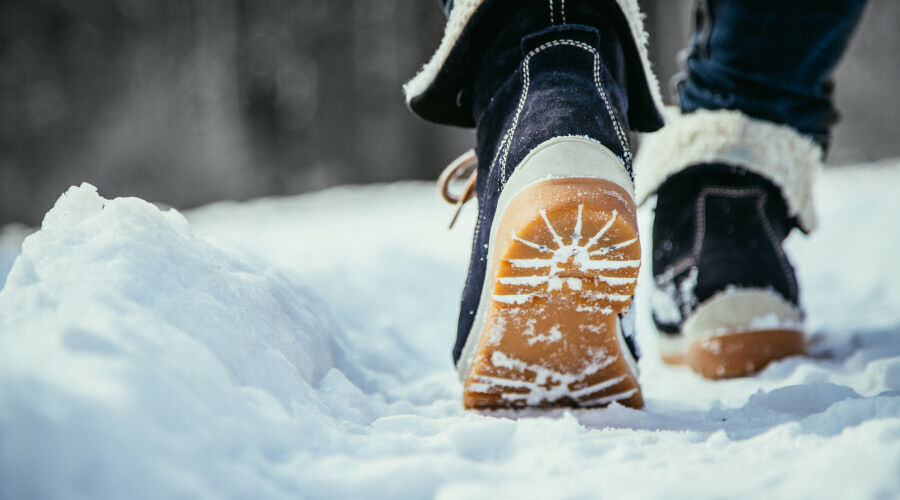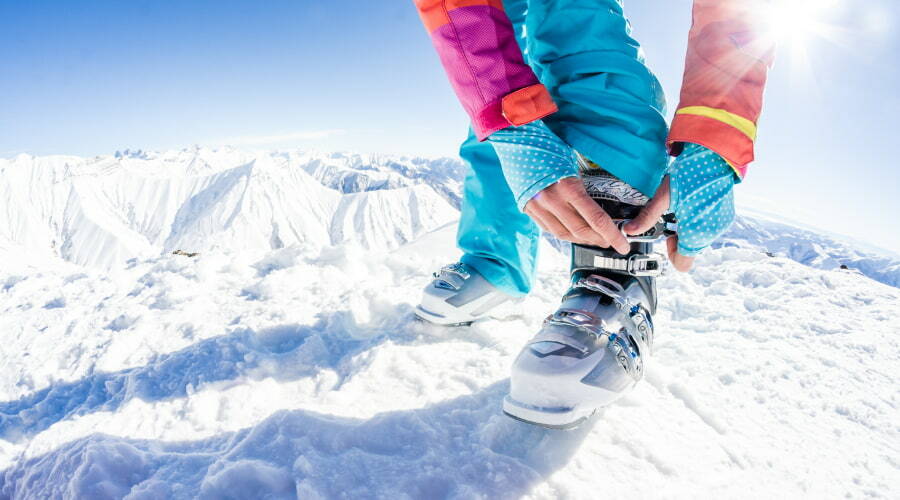
Winter brings a wonderland of snow, ice, and cozy evenings by the fire. However, it also increases the risk of slips and falls, turning simple trips across a parking lot or down a sidewalk into potentially hazardous journeys. At Access Sports Medicine, we understand the importance of staying safe and injury-free. Here are essential tips to help you prepare for potential winter tumbles and minimize injury risks.
Understanding the Impact of Falls
Falls are the leading cause of accidental injuries among Americans, particularly during the frosty winter months when surfaces become slick with ice and snow. Injuries from falls can range from minor bruises to more severe fractures or even head injuries. Therefore, understanding how to fall safely is crucial.
The Art of Falling Correctly
The key to falling safely is to minimize the impact on your body, especially on your more vulnerable parts such as wrists, hips, and head. Below are expert tips on how to fall safely:
-
Stay Relaxed
It might sound counterintuitive, but the first rule of a safe fall is to stay as relaxed as possible. Tense muscles lead to stiff movements, and stiffness can increase the chance of a serious injury.
-
Protect Your Head
If you’re falling backward, make it a priority to tuck your chin to your chest to avoid hitting your head on the ground. For forward falls, try to turn your head to the side.
-
Fall Sideways When Possible
Falling on your side allows your body to naturally roll, which can help absorb the shock of hitting the ground. Try to collapse in the direction of the fall, bending at the knees and elbows to create a rolling action.
-
Use Your Thighs and Buttocks
Your lower body has some of the largest muscle groups, which are better suited to absorb impacts. Aim to land on the fleshy parts of your body—your buttocks and thighs—rather than your knees or spine.
-
Avoid Using Your Hands to Break the Fall
While it’s instinctual to reach out with your hands to stop a fall, doing so can result in wrist fractures or sprains. Instead, keep your wrists flexed to protect them as you fall.
Preparing for the Unexpected
Prevention is key, but accidents can still happen. Stay vigilant and consider these steps to reduce your risk of a fall:
- Wear proper winter footwear with good traction for stability.
- Engage in regular exercise to improve balance and strength.
- Keep pathways around your home clear of snow and ice.
- Use salt or sand on frequently walked areas.
- Carry a small bag of sand or kitty litter in your car for added traction.
When a Fall Occurs
Despite taking precautions, if you do experience a fall, Access Sports Medicine is here to assist with comprehensive care to get you back on your feet. Whether it’s for immediate care or rehabilitation services, our team is committed to your recovery.
Remember, while winter weather can be hazardous, knowing how to fall correctly can make all the difference. Stay warm, stay alert, and above all, stay safe this season. For more information on how to prevent and treat fall-related injuries, visit our website.
At Access Sports Medicine, we’re dedicated to keeping you active and healthy year-round. If you’ve taken a tumble or want to learn more about injury prevention and treatment, don’t hesitate to reach out to our team of experts. Stay safe this winter!


